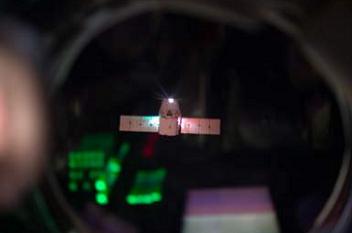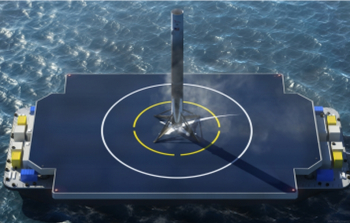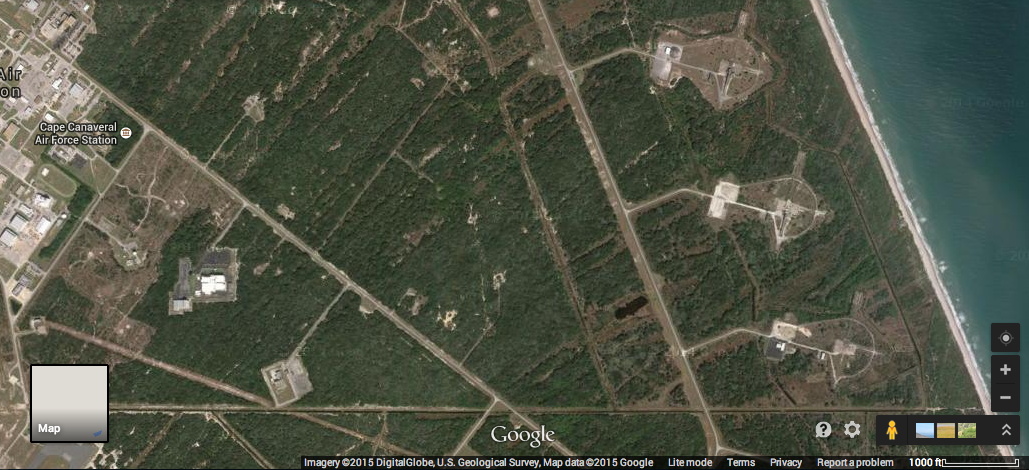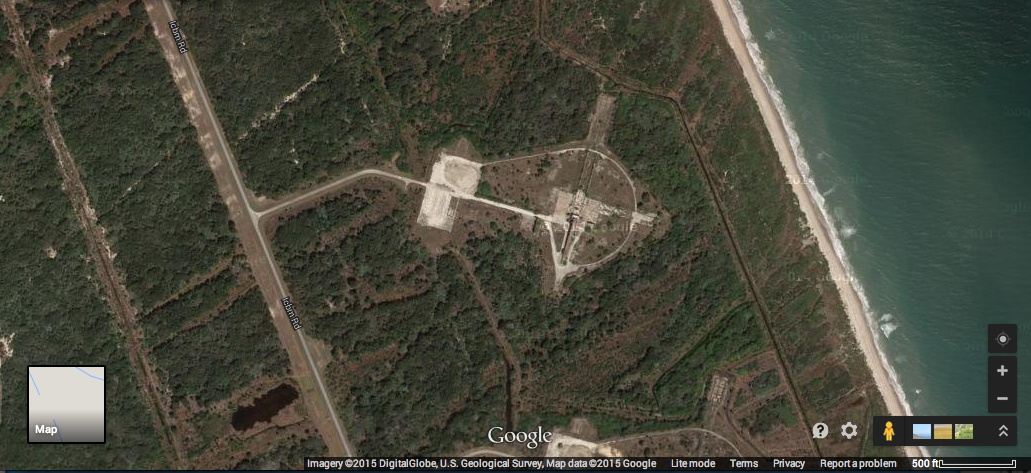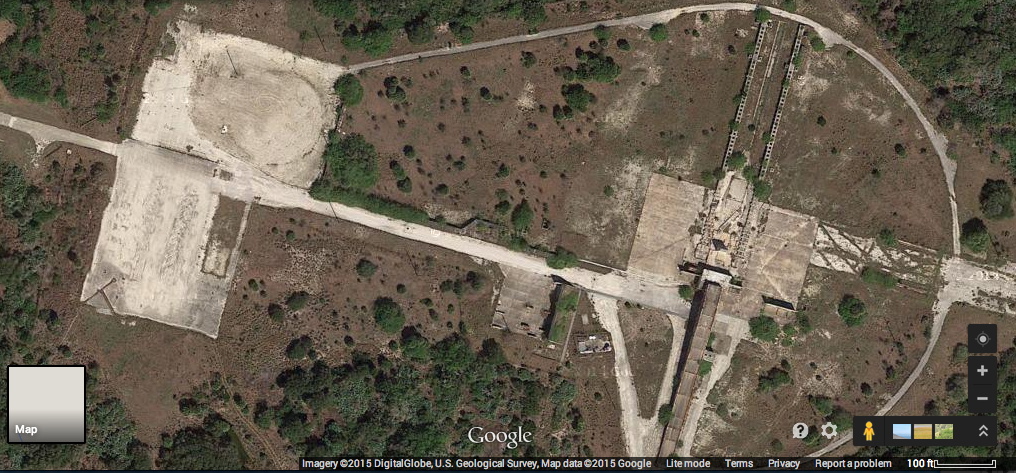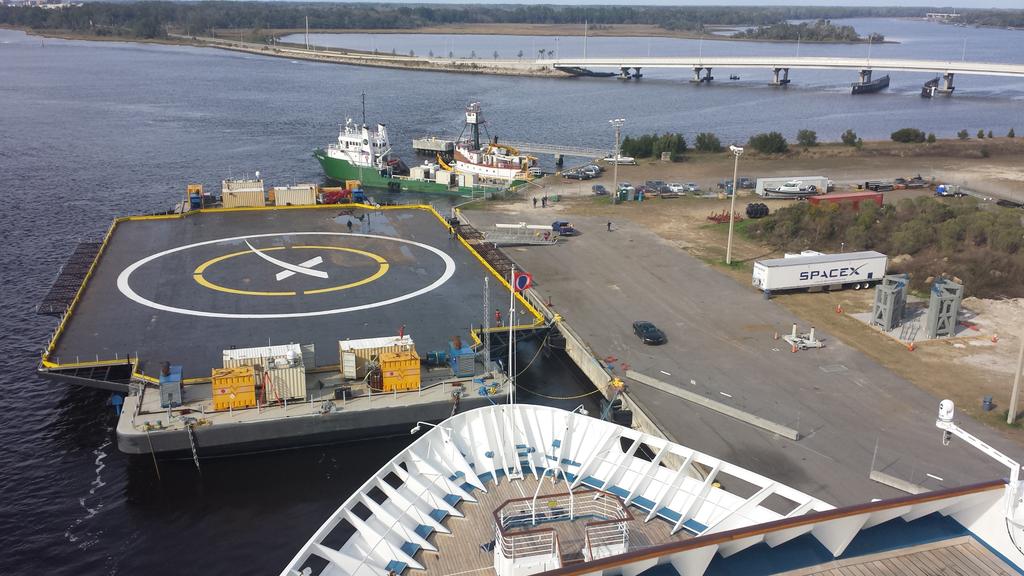I've been thinking that landing on a moving deck is probably a small problem in comparison to worrying that the body of the first stage would act like a sail and get blown sideways (perhaps blown over or blown off the deck of the barge) if the winds were more than expected. That thing is BIG and has a lot of area to catch the wind. Without fuel to ballast it and without a gantry structure to support it, I have to think that the wind is going to be a significant factor.
Of course they have some experience with the Grasshopper and I know that Texas has its share of wind, so maybe they have it all figured out, but if you've ever walked across a parking lot with a poster board or picture frame in a windy day, you've got to wonder...
As for landing in wind, see message #47:
https://www.rocketryforum.com/showt...-4-47-am-EST-(Jan-10th)&p=1396395#post1396395
At least one of the test landings of F9R v1.1 (successor to "Grasshopper") was in some significant wind, seen by the smoke/dust blown horizontally after landing. And the legspan is very wide and CG very low since the engines are "heavy" and the tankage relatively light.
Once it land one the barge.... and only now does this come to mind, the propeller-thrusters holding it in place could either be shut down to let it drift of better yet propel it in the direction of the wind to reduce the wind loads. THough that would make it more difficult for crew members to get aboard from another ship within an hour or so after landing.
Sliding horizontally..... many have wondered about that. There may be an ultimate low tech solution by the edges of the barge having walls sturdy enough to stop it. There is something along the edges but that info is from long-lens "spying" pics taken by SpaceX enthusiasts, and people speculating on forums what they are. Not clear if those are more to help keep people safe, or could stop the stage from sliding off the deck.
After the ASDS barge was announced, but before there was a pic, and before there were indications that a heaving deck would not be a big problem, there was even more speculation on those issues. One idea I wondered about would be for the deck to have steel grates mounted to it, with the bottoms of the landing leg footpads having multiple prongs that could slide down between the grate openings and spring outwards to hold the feet to the deck. Sort of like steel Velcro. Before someone says the steel grates would be ruined by exhaust heat, the heat exposure would be relatively brief so probably could be sturdy enough not to fragment during landing but the area of the grating that the exhaust blasted would probably need to be replaced for each mission. The grating the feet landed on would not get hot enough to be an issue. So, that was a theoretical passive way to self-secure it to the deck when it lands, but it seems that is not as severe of a problem to use such solutions.
But the deck is mostly smooth. There are a few pics at certain low angles that show some kind of shallow holes in a regular pattern, but they are widely spaced. Too far apart for the footpads to have a good chance of landing on. Speculation is they may be for tied-downs to help secure it with ropes after landing (Aircraft carrier decks have tie-down holes), or something else.
There are apparently some automated systems that will help to service the boosters after landing. Don't know to what extent. Then in about an hour after landing, a crew will go onboard and secure it to the deck for the trip back, among other things.
But for sure there is some level of risk due to high winds, there will be some amount of wind that will be too much to land reliably. And storms at sea that could be a nightmare to try to secure it to the deck and sail back safely. That's something SpaceX will end up having to risk until the reuseable program becomes operational and they write up new contracts (or renegotiate existing ones) to let them postpone launches when the weather will be too unsafe to land and/or come back after landing on te barge.
One thing I totally speculate on is the use of R/C multicopters (drones) for documentation of the landing. SpaceX have used them for documenting some of the test flights in McGregor Texas, and the first pic of the barge seems to have been by a drone. A pic I posted a few messages back of the barge out at sea, at night, that was probably a drone shot, not a manned copter or airplane (Perhaps also testing how well it can shoot video at night). The technology exists for the drone copters to be totally autonomous. They can have one (or more for different angles) take off 5 minutes before the stage lands, fly to a spot for the desired view angle(s), point at the barge, hover, and stream the video to the barge. After the stage lands, if the drone copters would have enough battery power, they could get closer to the barge and do a fly-around of the "X" where the booster should be sitting, then land. Now, the support ships will be about 5 miles away, so it is also possible that if the R/C gear uses long-range equipment and the video signal can reliably make it to the ships, those could be flown by human pilots. The barge apparently has a number of cameras mounted to it, it would be a surprise if it did not. But the R/C copters would be capable of getting the most impressive footage.
- George Gassaway
